A military t-shirt’s meaning can be opaque to civilians. And that may be no accident.
But there are always clues. Just understand that every single image on the tee may have a significance. This particular military unit tee has a lot going on.
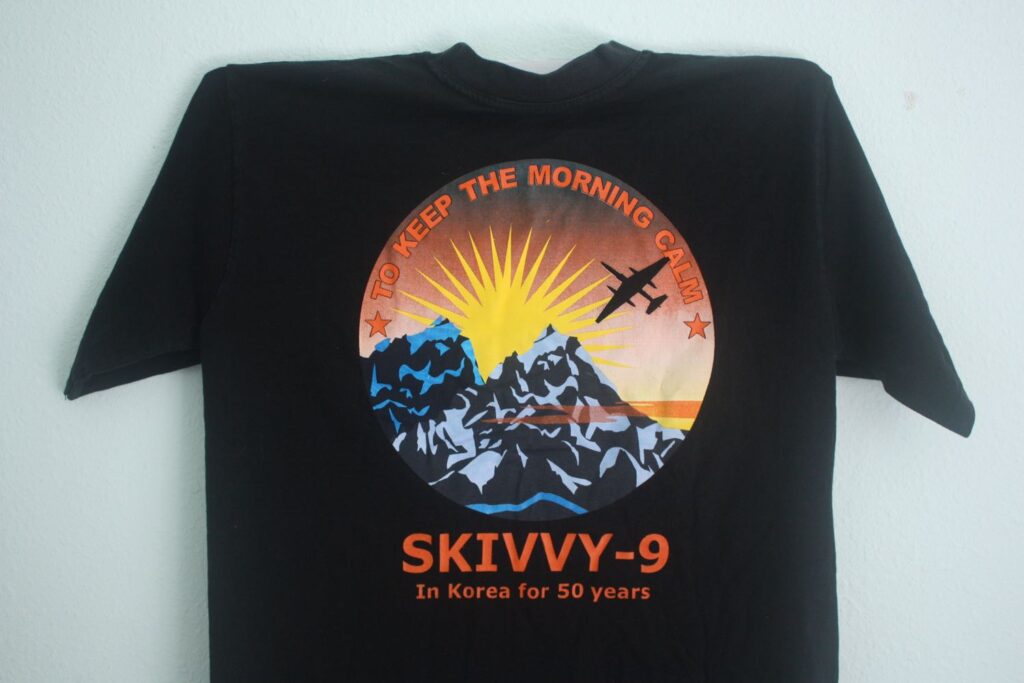
There are craggy mountains. A strange airplane flies across the sunrise under the motto “To Keep the Morning Calm.” There are two red stars, and a legend: “Skivvy 9, In Korea for 50 years.”
This tee does indeed send a message: a 70-year-old conflict, supposedly past, continues to this day. (The tee is about 20 years old.) In one particular place the old-school Cold War never ended, was never settled, and never turned into something else.
You will find this conflict in Korea. One part of it is being fought by the 303rd Intelligence Squadron of the U.S. Air Force. The Air Force knows the 303rd by its nickname: Skivvy 9.
The front of the t-shirt holds the 303rd’s squadron crest, right over the heart. The US military’s own heraldry office makes a design for each major unit. The 303rd’s crest hold a knight’s chess piece, representing military intelligence; a sword of lightning in the sky, representing offense and defense by electronic means; an olive branch, representing the defense of peace; and a pair of wings, representing the unit’s airborne assets and service to other air units. The sine wave in the background…. and on and on.
The 303rd — we’ll just call them Skivvy 9 from now on, everyone does — intercepts, translates, decodes and interprets electronic communications and emissions (like radar beacons) of all sorts (SIGINT) from North Korea and probably on into China. It’s a 24/7 operation; but the night may be their time to shine. Night is a good time to fly U-2 spy planes (the strange aircraft on the t-shirt), spy UAVs, and other aircraft out of Skivvy 9’s home at Osan Air Force base, 40 miles south of the North/South Korean Demilitarized Zone.
Skivvy 9 listens to what’s going on in the North, and beyond. More important, it supports the air operation center that controls all military air missions out of Korea to …elsewhere. When an air operation is is under way, Skivvy 9 rides shotgun to tell the mission commanders what’s coming their way, what they should be looking for, and maybe when they should get the hell out of there.
They dump all this information into the Air Force’ unified tactical operations network, where the brass at the Ops Center can read it on something like an iPad, if perhaps an insanely expensive iPad. And then the brass makes decisions and with luck…
…Next morning, Skivvy 9 has kept the morning calm once again. For decades now. Skivvy 9 has been referred to as “the tip of the spear.” But what it really is, is a strong flashlight.
And it didn’t always work like this:
Forty years ago and more, Skivvy 9 was known as the 6903rd Security Group or the 6988th Security Squadron, or even older designations. (The names change, the mission remains.) UAVs as we know them didn’t exist, and the U-2s were under CIA control for a long time or had other missions.
So analysts and cryptologists and linguists loaded themselves into propeller planes and lumbered up the coast to do electronic recon off North Korea themselves. They stayed over international waters, or that’s the story; but they got shot at anyway. They got shot at a lot. “The Commies tried to kill us so many times,” one old-timer posted on Facebook.
Thus you have airborne analysts trying not to die while also analyzing radio traffic and identifying electronic signals from hidden radars. And by some means they got their data back to Osan where analysts would further work it over under time pressure to give the generals what they needed.
From all this Skivvy 9 would produce usable intelligence on deadline with not much more than brain power, reference books, and some maps on the wall. There was little “Intel Inside” in the making of the intel in those days. But Skivvy 9’s intel still managed to keep the morning calm in very turbulent times. The unit got a reputation for doing whatever it took, and well. That reputation remains.
And as the Korean War has never technically ended, Skivvy 9 will always be needed. Both sides signed an armistice, but neither Korea believes that the other should exist. So the definition of “ended” can be pretty technical.
There have been nasty clashes over the years, around the DMZ and elsewhere. Planes have been shot down and ships seized. Let’s not forget North Korea’s missile “tests”, either, or it nuclear fission research. The ‘60s even saw a “Second Korean War” that most US history lectures may have skipped over. Though this virtual war resulted in at least one run of t-shirts, and I have one of those shirts.
About that second war: did Korean strongman Kim Il-Sung wake up one morning and decide “I think I’ll be a maniacal Commie warlord and restart the madness?” Probably not, though he took the initiative. Because you can make the case that the U.S. lit the fuse.
Back in the ‘50s we began ignoring the part of the armistice that said, “No nukes in South Korea.” We based tactical nukes and long-range nuclear cruise missiles there: stuff that could travel deep into China and even Russia.
How much of the heroism of American serviceman is made necessary by bullshit decisions at the highest levels? As the late, great Travus T. Hipp used to say, “Sometimes I wonder — and sometimes I know.”
At any rate, Skivvy-9 was there to cope with such hijinks all the way back to November 1950: US-led forces, having driven the North Koreans out of South Korea decided to finish the job and conquer Communist North Korea as well. And who knows, commanding General Douglas MacArthur asked, maybe on into China?
This strategy was perhaps a very selective vision of “keeping the peace.” The Chinese no doubt saw it that way. And they were close friends with the North anyway, even though Russia had theoretically been in charge of North Korea after the Japanese were told to leave.
Skivvy 9’s first iteration in Korea, First Radio Squadron Mobile Detachment C, set up shop just four days before advancing Chinese divisions began forcing MacArthur’s troops back from the border.
First Radio got busy in a hurry. Its descendants have been busy ever since: keeping the morning calm or, at least, not a complete disaster. And helping the 20,000 or so American troops still in Korea to “maintain balance in the East Asia / West Pac,” as one military newspaper put it.
You know, sometimes you can forget that you live in an empire. But not when you dig into things like this.
So… what about that name? Where did “Skivvy 9” come from? You can gun your search engine until it blows a gasket, and you’ll find nothing. You will only learn what I learned from a Skivvy 9 tribute site: the name applies all the way back to the beginning of the mission, from the 303rd through the 6903rd and its predecessor the 6988th and beyond, back to First Radio Squadron Mobile Detachment C.
There are two origin stories: one from a Skivvy 9 tribute site (on a page that recently disappeared) explains that it’s a sort of ethnic joke. The Korean bar girls in the red light district just outside the Osan AFB gates were incapable of pronouncing the “69” at the beginning of the old unit names. They said “Skivvy 9” instead.
The mispronunciation became a joke to snigger over. Then it became a casual among-us-boys nickname for the unit. Then it became tradition, so that even the 303rd Intelligence Group, whose unit ID does not begin with “69,” is Skivvy-9.
The second version still comes down to the bar girls. It’s from a self-published book by an NCO who spent a year at Skivvy 9 in the ‘80s, and it goes like this:
When the Japanese departed Korea, they left behind some slang words that stayed in general use, including “skivvy:” The word can mean a prostitute, or it can mean someone or something “loose” or randy or off-color. (I was able to confirm this independently of the book.)
Eventually the hormonal young airmen from the 69XXth started showing up in the red light district in search of booze and women. The bar girls would jokingly call them their “Skivvy Nine” airmen. Hello, Randy-9.
So: Skivvy 9 is an ethnic slur by the airmen of the bar girls’ accents, or a putdown by the bar girls themselves. Your choice. Neither origin story looks all that good in the bright noonday sun. I like the first one better, because the account was from a real old-timer. Too bad I didn’t harvest its web pag before it disappeared.
Recent talk on the “Skivvy-9 Forever” Facebook page concerns reports that someone, somewhere has objected to the Skivvy 9 nickname as unseemly. The Skivvy-9 old-timers, of course, are howling: Leave it alone, no one know what it means! It’s just a name!
Hmmmmm.
An old aphorism proclaims “You can’t shine shit.” In other words: something bad or can’t be made good by playing “let’s pretend.”
This aphorism is mistaken: you can shine shit. Really.
Through the Japanese art of hikaru dorodango, one can shape and massage a small clod of dirt into a perfectly round, smooth ball with a high-gloss brown sheen. It takes a long, long time, but it works. No chemicals are required. The process works equally well on animal dung. Demonstrations of shining shit can be found online with some ease. Link here.
Thus over a very long time a young man’s casual ethnic slur — or a bar girl’s taunt — is smoothed and shaped and massaged and polished into a fine old tradition. But at its heart — it’s still shit. The true meaning of “Skivvy 9” does not jibe with the image of today’s Air Force.
So while the 303rd Intelligence Squadron stands tall and secure in its competence, we will see what the future holds for “Skivvy 9.”
This t-shirt has too much meaning to unpack in one narrative. So if you like, there are three addenda that you may also read: one on just how much you should trust this essay; one on the possible origins of the shirt, and one on the U-2 Dragon Lady, a plane that most people think had been junked decades ago.
Addendum 1: How Accurate is This Article?
I’ve assembled this article from bits and pieces of Internet detritus. There is no one mother lode of reliable Skivvy 9 information online. I’m shifting through the recycling bin here. I did my best. But I wouldn’t bet the farm on any of it.
What facts I do have come from old-timer recollections on Skivvy-9 social media sites, plus Air Force websites full of jargon, organizational details, unit awards and big gaping holes where history or background information might be. Those sites are open to the general public. It’s fairly clear, though that the Air Force doesn’t care whether or not The Public knows what it’s talking about.
Eventually I did glean some understanding from those Air Force sites: just a small part of what I wanted, though, and much remains unclear. As for the old-timer recollections on Facebook and elsewhere:
- They will tell you all about the people in Skivvy 9 “back then,” and how hard it was, and how heroes walked among them.
- They’ll tell you about the hard drinking and the jokes, and the Skivvy 9 lounge try one of their special “cheeseburgers,” made with vodka and orange juice!). The airmen built the lounge themselves inside their own compound because they couldn’t talk shop around the bar girls without breaking federal law.
- They’ll tell you the names of the old units, and something about the old planes and crashes.
They just won’t tell you what they did for Skivvy 9: what their jobs were, or what those jobs were like. Not one single thing. Of course they all know what went down, so why say anything? And security is still a thing for them.
My slight obsession about Skivvy 9 also surveilling China comes from
- The fact that it’s logical
- On the “Skivvy 9 Forever Facebook” page, a picture of a ‘70s Defense Language Institute workbook called “Chinese Mandarin Radio Transmission” (OP asked, “Did any of you guys keep yours?”)
- That line about the U.S. Korean presence “maintaining balance in the East Asia /West Pac.”
The self-published book about Skivvy 9 that I mentioned earlier is so heavily censored that it’s nothing but a 300-page account of office politics.
Finally, a big THANK YOU to the one old-timer at “Skivvy 9 Forever” on Facebook who came out and said it: back when the analysts went up in the planes for Skivvy 9 in the ‘60s and ‘70s, the North Koreans shot at them all the time. It’s a pretty obvious piece of the puzzle: but nobody else would cop to it.
But nobody on the tribute sites or the Air Force sites actually talked about the work that Skivvy 9 does. That’s another rabbit hole, down which you find yourself facing all-caps jargon like SIGINT and COMINT and ELINT and more. (The terms aren’t acronyms; but the Air Force all-caps them anyway.)
In that particular rabbit hole, only the shadowy National Security Agency’s site actually explains electronic surveillance concepts and jargon in clear terms. You know you’re in Wonderland when only the NSA, the spookiest three-letter agency of them all, actually throws you some meat.
I did my best. If Air Force security comes looking for me, that’ll at least provide validation.
Addendum 2: How This T-Shirt Came To Exist
I can “date” a t-shirt by information on its collar tag. Someone removed that tag from the Skivvy 9 t-shirt, so I couldn’t use this technique.
Military unit shirts are often printed by third parties and sold privately to anyone who wants them, inside or outside the unit. But I’ve observed that military tees printed directly by and for a sensitive military unit may have their tags cut out: a spare curl of thread remains in the collar where the tag’s stitching was ripped out.
This is only my personal theory: but several of my more, um, sensitive military t-shirts fell into my hands with their collar tag removed.
I surmised that this 50th anniversary shirt was made for the year 2000 by the following logic. If “Skivvy-9” refers to everyone in a succession of electronic warfare units dating back to 1950, then the legend “In Korea for 50 years” supports my supposition: 1950 + 50 = 2000. I later confirmed that Skivvy 9’s “birth date” is considered to be November 20, 1950.
A version of the t-shirt design appears on a Skivvy-9 “challenge coin” also made around that time. Challenge coins are tokens or medals commissioned by a military unit (or its commander): to give to its its troops as an informal award or thank-you; to welcome new troops to the unit; to give as souvenirs for military personnel who visit from other units; or just because.
Active-duty military, retired military and military buffs actively collect challenge coins. Dealers buy and sell them online. I got pictures of the coin off one of those sites.
The design may have been made specifically for the challenge coin, and then adapted for the t-shirt. Or vice versa.
As an aside, I confirmed Skivvy 9’s “birth date” off a later 303rd challenge coin, issued in 2007. I’ll take my information where I can find it.
Addendum 3: The U-2 “Dragon Lady”
Skivvy-9 apparently no longer sends analysts into danger. They were replaced by U-2 pilots who sent instrument data back to Skivvy-9 by downlink. Skivy-9 may use other planes or drones these days, but they may still use U-2s as well.
Unlike the old Skivvy-9 intelligence analysts, U-2 pilots are in danger the moment that the plane’s wheels lift off. The U-2 is just that kind of plane.
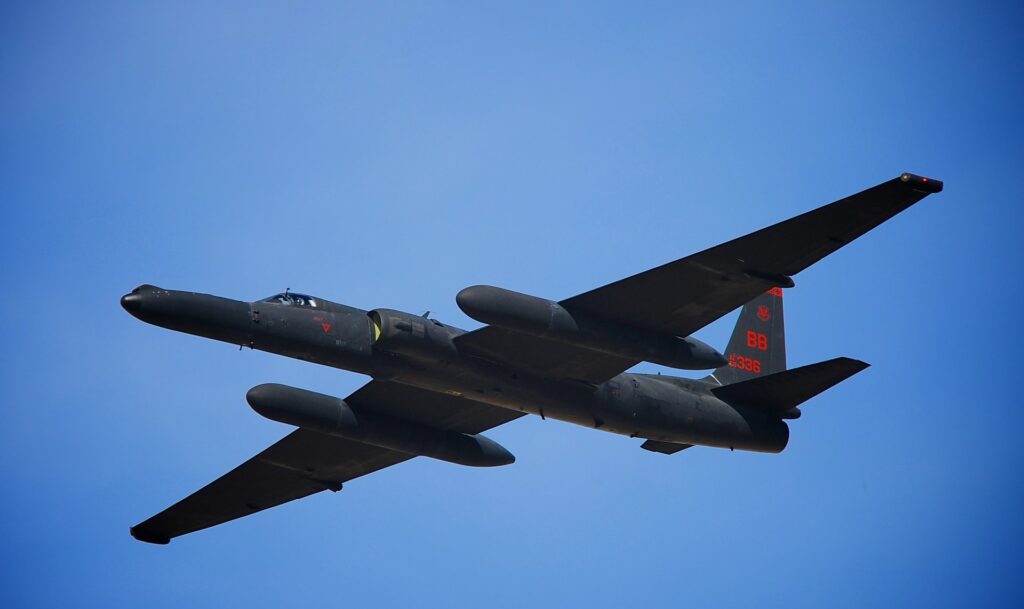
Lockheed made the original U-2 back in the ‘50s: it lacked a flashy name like “Phantom” or “Thunderchief” or “Starfighter.” The Central Intelligence Agency operated the spy plane business in those days; the CIA doesn’t do flashy.
It was the U-2’s pilots who nicknamed the plane “ Dragon Lady.” The Dragon Lady was the ambivalent and deadly pirate queen from the old “Terry and the Pirates” comic strip. She wore tight black dresses.
Boys will be boys; though it must be said that women have also flown the Dragon Lady.
The U-2 has its own rules: break them at your peril. It is after all a jet-powered high-lift glider designed in devious and risky ways nearly 70 years ago to operate in the hyper-thin air at 70,000 feet for extended periods of time. Of course it has its rules.
At 70,000 feet, the pilot must maintain speed within a strict 10-knot window. Go slower, and you’ll stall and drop out of the sky. Go faster and you’ll get ahead of the plane’s “lift bubble” and also drop out of the sky.
The U-2 pilot maintains this balancing act at the very edge of space for up to eight hours a flight. Back in the day — and maybe still — pilots called that 10-knot window “Coffin Corner.” And they must stay on that corner while operating surveillance equipment at the same time.
Restroom facilities are limited; one pilot was surprised to discover that Gatorade gave them diaper rash. Issues with rapid changes in air pressure at altitude can cause several medical issues, even brain damage.
Simply landing the plane is dangerous. The U-2’s controls are optimized for the thin air of 70,000 feet. In the thick air of low altitudes, pilots must almost wrestle for control. Touching down requires the services of a second pilot to chase the U-2 down the runway in a fast car; he (or she) observes the plane’s descent and radioes landing instructions to the descending plane. The U-2 has such amazing lift that it’s difficult to force to the ground. It’s so lightly built that if you stall out more than two feet above the tarmac, the impact breaks the landing gear.
You’d think that no one sane would fly the Dragon Lady. You might be right. But as only the most skillful pilots can fly the Lady and live, piloting a U-2 bestows a certain honor and distinction. And as one pilot said, it’s very calm up there at the edge of the world.
So why is this treacherous piece of Cold War tech still in service after 65 years?
Because it is still very, very good at what it does. Spy satellites see much, but they zip over a target in moments. If you want to “loiter” over a target area for hours and monitor communications traffic or search for radar sources, a spy plane at high altitude remains your best choice.
The Air Force thought so: they ordered new, improved U-2s in the ‘80s to replace the old ones.
But… drones can the same job, right? Consider the Lockheed Global Hawk, a monster of a UAV that can loiter over a target even longer than the U-2. The Air Force uses Global Hawks all over the world.
But the U-2 has its own strengths. The Global Hawk tops out at 60,000 feet: the U-2 can rise 10,000 feet higher. A live pilot on scene can make split-second decisions that are beyond a UAV, too; or so some argue.
And flatly, the Dragon Lady is a cheap date. This may be the deciding factor. A Global Hawk UAV costs over $6K an hour to operate; a U-2, roughly a third of that.
Further, the U-2 comes with a full-selection of plug-and-play surveillance instruments that can mount or dismount quickly in the big black pods beneath the wings. It’s like a GI Joe doll with optional weapons: collect them all! The U-2 continues to receive new modifications and upgrades, too.
You believe that the U-2 had been retired. Every five or ten years, the Air Force announces the U-2’s imminent retirement. And then it never happens.
Sometimes the U-2 “replacement solution” doesn’t measure up after all. Sometimes it buries itself in cost overruns. Sometimes the politics change, and it’s budget-cutting time. The new solution almost always costs more than keeping the old. And the old solution’s still good. Dangerous, but good.
For whatever reason, the brass consistly changes its mind and gives the U-2 another five or ten years; and another; and another. So far.
The U-2’s 1980s-era airframes have decades of use left in them, aviation experts say. The Air Force has even tested an AI U-2 “co-pilot” to operate the surveillance tech so that the pilot can concentrate more on flying. (The AI does NOT get to drive.)
Will the Dragon Lady fly for 100 years? Drive by its home at Beale Air Force Base, outside Marysville, California, and watch the skies. A U-2 in flight is a sight to remember.

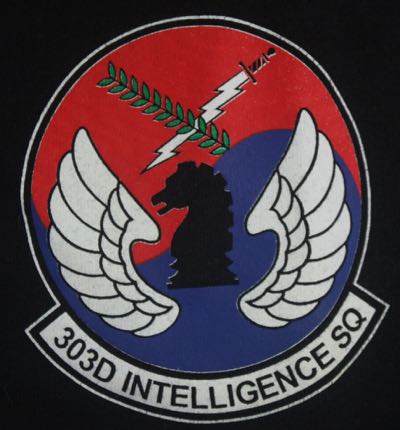
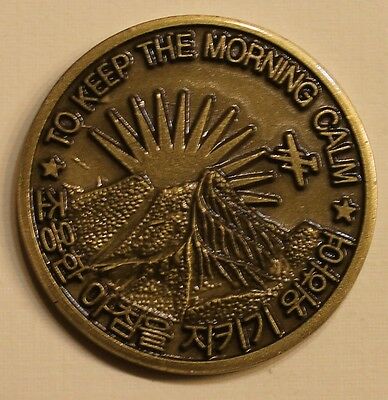
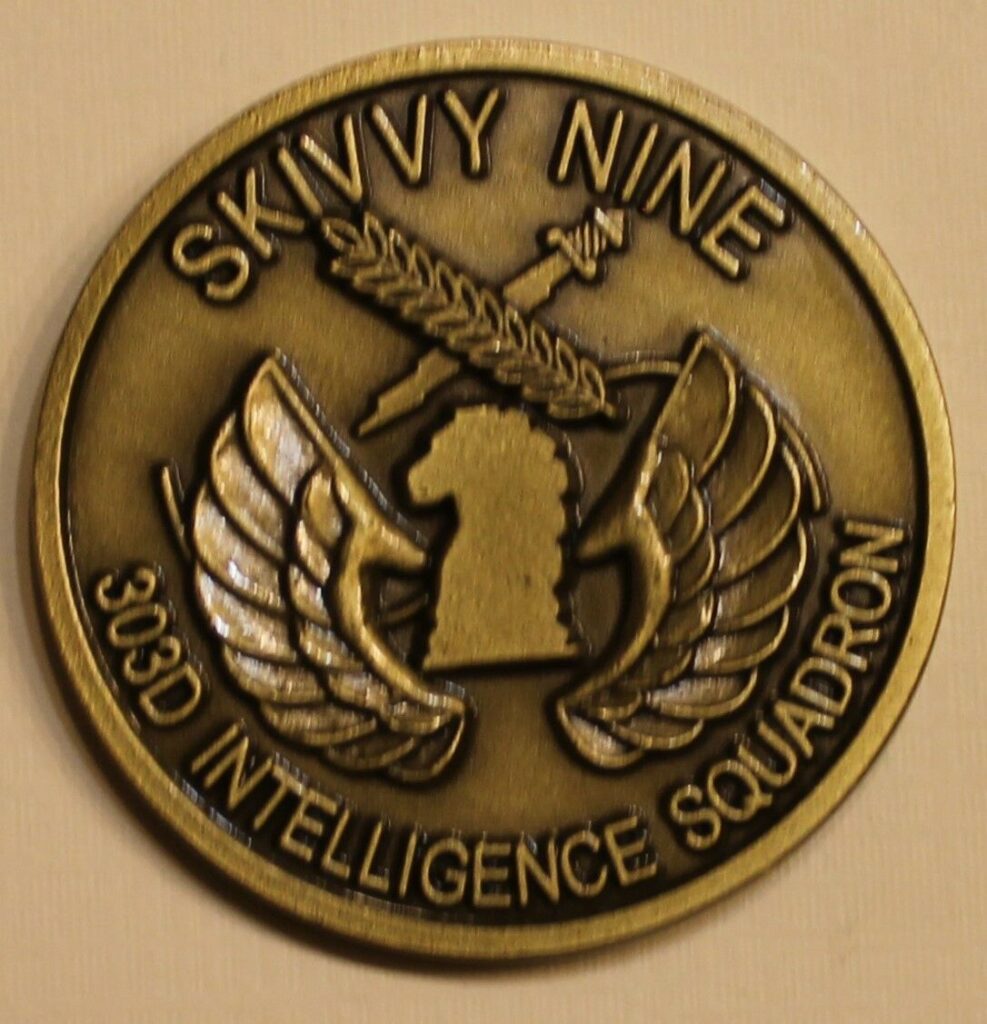
Interesting read. I was in the 6903 in 1985-86. I was electronic warfare and worked the ground system for the U2. Great assignment.
Thanks. I did what I could with rather tenuous resources. 303/6903 sounds like something special.
I was EW in the 6988th/488th at Mildy. I also worked the ground system. Good times.
great article….i was in skivvy9 1986-88…was also electtonic warfare, worked inside the hill…….best assignment ever…..trying to find a t-shirt….
Mine is a 20-YO classic and not for sale. Somebody over on Cafe Press is selling merch with the same design, though. There are t-shirts, but with a smaller version of the design. Also baseball caps, refrigerator magnets, etc.
https://www.cafepress.com/dd/15813547
This is the second comment I’ve gotten from a vet in a couple of days. Did this link get posted somewhere?
Spent 1 year and 8 days with the 6903rd which was changed to the 303rd. 92 to 93. It was a remote assignment and the time there makes you a little crazy. Our dorms were up against the hill that was between the Songtan gate and the dorms. Spent many weekends cooking steaks and chugging beer at the homemade Rock BBQ grill up on the hillside behind the dorms. One night, after several hours of drinking and a good steak dinner, several of us heard some commotion up on the hill. There was a trail that cut over the hill to the dorms and many people, myself included would take the shortcut from the gate to the dorms. It was more of a billy goat path and you had better be sober enough to navigate it. The commotion turned out to be an extremely drunk airman returning from the bars in Songtan. He tripped while coming down the hill and rolled right past our BBQ area and landed in the Binjoe Ditch at the bottom of the hill. We were all trying to see where he landed and I called out are you ok? He responded “God!! that did not feel so good”. He got up and stumbled into the Dorm. I also spent many days at the Skivvy Nine Lounge playing darts and shooting pool. One rule of the lounge was “Do Not put your hat on the bar” There was even a big brass bell that was rung if someone put their hat on the bar. If you did, you owed everyone in the lounge a drink.
Skivvy Nine personnel were a little different. They were always involved in the live mission. During country wide exercises like Team Spirit and Foal Eagle we sort of got a free pass if we happened to be on duty. If you were off duty you had to play the stupid games. The OP4 forces would take prisoners during the exercises and if you were unlucky enough to get caught you had to spend the next 12 hours as a Prisoner of War in the Base Gymnasium. I was careful and never got caught. When I happened to be off duty during an exercise, I would stock up on Beer a few days before. Carrying 3 cases of beer back to the dorms from the Class 6 store was brutal. I was too cheap to hire a cab. While the exercise was in full swing I stayed safe in the dorms with my beer and Monty Python videos and movies. Those Monty Python Marathons were a blast. A handfull of us would basically take over the day room and anyone was welcome to hang out and enjoy the shows.
I flew out of Osan, 6988th SS, TDY from Yokota AB, Japan. RC-130BII’s, Commando Royale. Spent cold nights in winter and hot nights in summer.
Hello, Doug! Don’t know if you remember me, but we were in the 88th together in the early 70’s. I know we pulled TDY to Osan together, but don’t know if it was for Royale or Dawn. I was known as Rock in those days.
Read ‘The Trigger’, my book. It’ll give you a true story of just one day’s contribution of the USAF unit known as Skivvy Nine. The stories are legion. I enjoyed 3 years serving the mission. Smart, selfless and quick – the 3 intangibles of the best intelligence assets – a Skivvy Nine had, and has MANY.
1971-1972 Dog Flight 202.